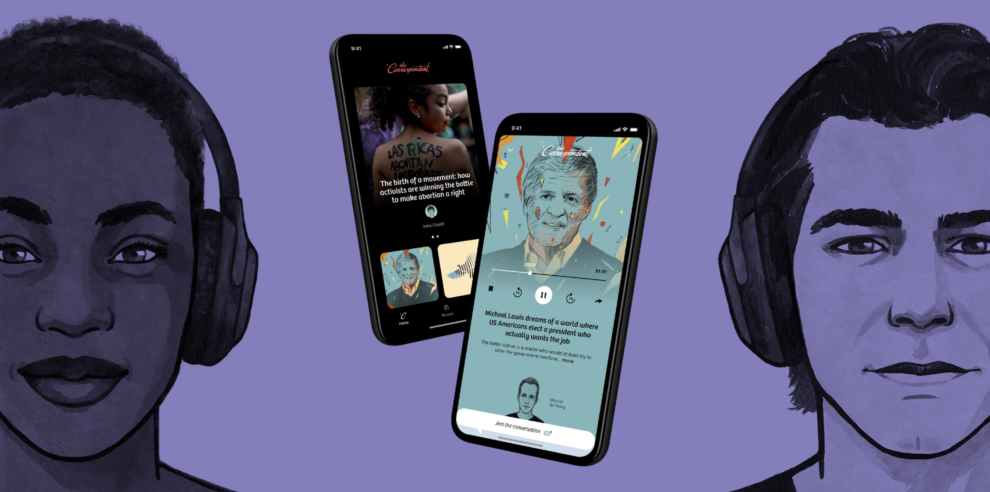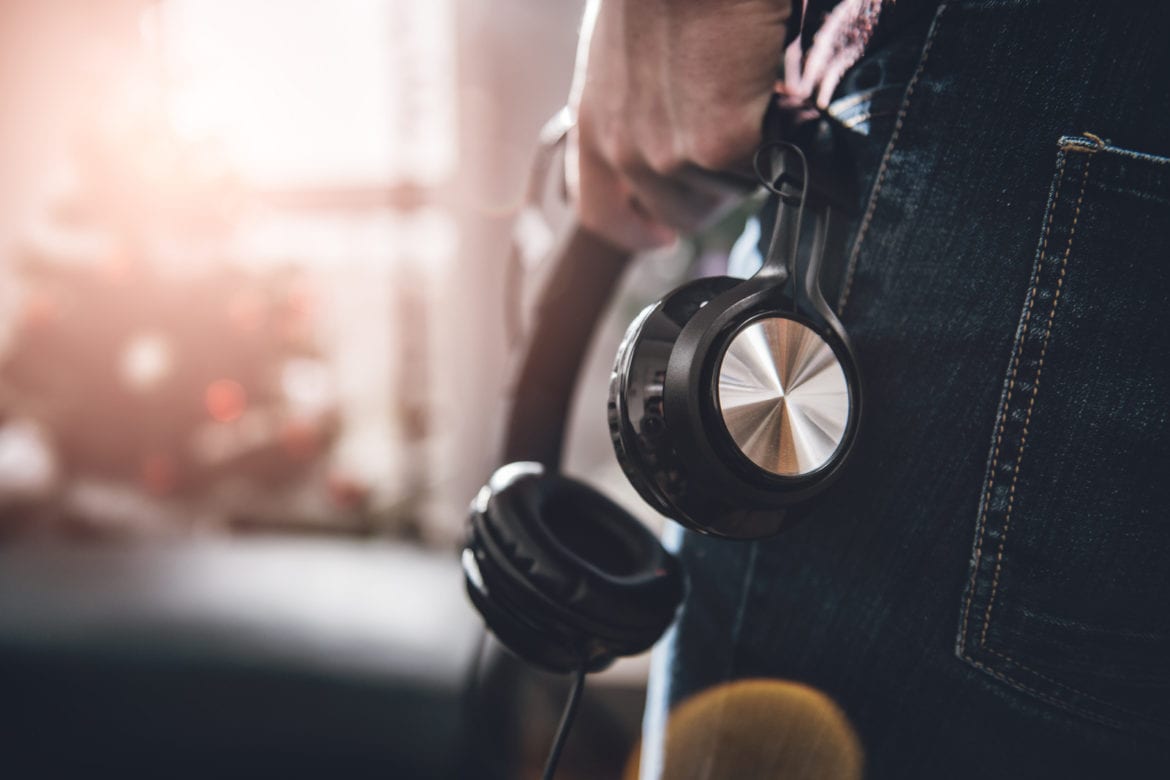|
Getting your Trinity Audio player ready...
|
Coronavirus has impacted news media across the spectrum, from declining advertising revenue to changing news audience habits. In the early days of the crisis, there was an immediate fear that news audio listening would plummet as globally people suddenly stopped commuting.
However, we have seen some good news for audio, including research from GlobalWebIndex that found the decrease in commuters has been offset by consumers that are listening to more podcasts (ranging from 13-16% globally). There has even been growth in advertising revenue for podcasts.
Despite COVID, which has slammed everyone, we’re still seeing growth in podcast advertising. It’s definitely a resilient media.
Zoe Soon, VP of consumer experience center at the IAB6
This is backed up by publisher experiences as well, with Norwefian media group Schibsted still expecting to see podcast ad revenue growing by 50% this year, due to factors beyond the pandemic such as the maturation of the market.
However our Business of Audio series has always been interested in monetisation strategies for audio beyond advertising, so today we are checking on three new audio products that have been launched during the COVID crisis.
Standalone audio platforms
Just a few weeks ago, The Correspondent launched a new audio app for members. This new app features their podcasts as well as audio articles. While podcasts remain available via third party platforms such as Spotify and iTunes, The Correspondent chose to create a new audio platforms for members in order to be the masters of their “audio destiny“. It is an interesting strategy, explaining to members directly the risk relying on other platforms brings for publishers. They have also managed to frame this as a responsible choice for their audience for privacy concerns.
The standalone app helps ensure The Correspondent delivers the high quality experience their members expect, no matter the medium. The focus on good design is clear in the app, with a similar branding as their other digital platforms including the iconic sketches.

This new product was launched after listening to readers directly (always a good place to start when developing news products). Audio was the most frequently requested feature by members.
It’s our mission to be a daily antidote to the news grind, to give an insight into how the world works. The medium isn’t that important, so if voice works better, let’s introduce that.
Ernst Pfauth, co-founder and CEO of The Correspondent
Growing engagement on audio articles
Beyond podcasts and smart speaker briefing, audio articles are an important type of audio product for publishers. Prior to the pandemic we have seen publishers investing more in their audio articles, with The Economist as the pioneer, offering an ‘audio edition’ since 2007. They’ve continued to invest in the audio edition since then due to the strong, positive impact it has on retention.
Our evidence suggests that the audio edition is a very effective retention tool; once you come to rely on it, you won’t unsubscribe.
Tom Standage, Deputy Editor, The Economist
On the other side of the Atlantic, The Washington Post had planned to launch audio articles for commuters. However audience research found their busiest audience members still appreciated being able to catch up on the Post’s journalism while doing daily chores. They had continued to see steady adoption and use, even as people continue to work from home.
In Denmark, Zetland has seen success with audio articles for a while now as well, offering all articles in audio form since 2017. Since launching, news consumption quickly shifted towards listening to articles rather than reading — today 80% of consumption is in audio form rather than written text.
This trend only accelerated during the lockdown time in Denmark, with the audio articles helping Zetland gain 2,000 new members.
Zetland’s research also shows that audio articles are more engaging, with more members finishing the full article in audio form than via text. This also helped to improve retention and member satisfaction and loyalty.
Non-members can listen to the articles for free on the website, however they have limited functionality available. In the app, which only paid members have access to, they can rewind, fast-forward, and enjoy the full audio experience.
Newly paywalled podcasts
Last year we saw more publishers ‘pivot to paid’ and we remarked at the time this meant more than just relying on reader revenues. We saw successful subscriber-only podcasts, enabling publishers to also rely on listener revenue models. Since then we have seen more paywalled podcasts launched. One publisher experimenting with this format is Bauer, which has launched a subscriber-only podcast, which is a spin-off from their main podcast Empire. This new podcast is published twice a month, and also gives subscribers access to the podcast archive which was previously free. Even during lockdown in the UK, this subscriber-only podcast saw a boost of 77% in listeners.
In Norway, Aftenposten has experimented with the early-access model for podcasts, where they publisher certain podcast episodes for subscribers only then open them up to all listeners later on third-party platforms such as iTunes. With this success, we expect to see more podcasts going behind the paywall. In Germany, the popular daily podcast “Steingart Morning Briefing” has announced it will go behind the paywall in 2021, while the newsletter version will still remain free.
As we continue to see publishers focus on creating long-term, engaging relationships with their audiences, we expect audio to play a larger role going forward.
Mary-Katharine Phillips
Media innovation analyst @ Twipe
Original content republished with permission of Twipe


